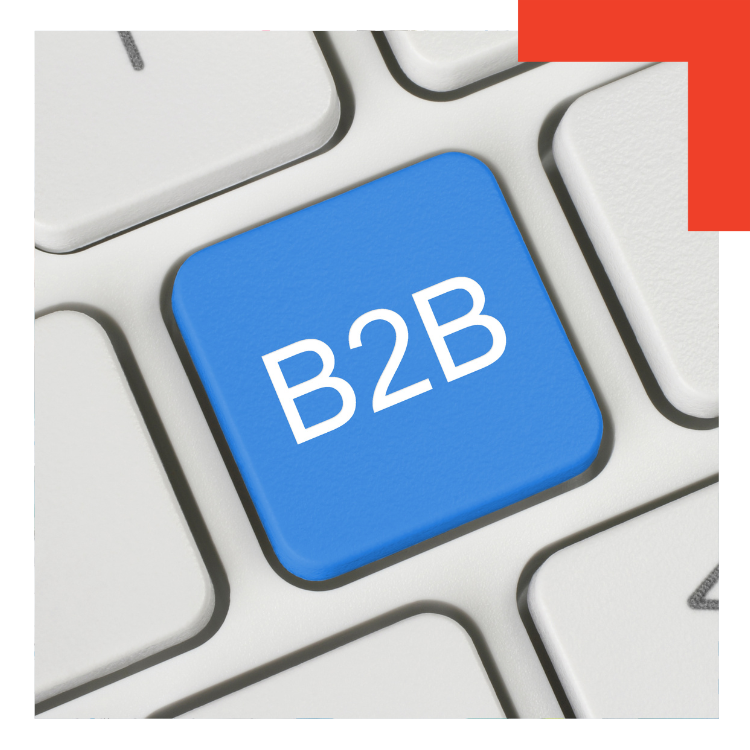
Content Mapping Best Practices for Supply Chain Marketers
Why is Content Mapping Important?
Content mapping is important for your content marketing strategy because it helps you to create and deliver relevant and personalized content to your target audience throughout their customer journey. Content maps have many benefits:
- They help you to understand your audience. Through the process, you can gain a better understanding of your audience’s needs, preferences, and pain points at different stages of the buyer’s journey. This understanding enables you to create content that is tailored to their specific needs and interests.
- They allow you to address different stages of the buyer’s journey. A content map can help you identify the content that is most appropriate for each stage of the buyer’s journey, enabling you to deliver the right content to your audience at the right time, which can help to move them along the sales funnel.
- They will lead to a more cohesive content strategy. By mapping out your content, you can ensure that all of your content is aligned with your business goals and messaging. This can help to create a more cohesive content strategy that is more effective at engaging and converting your audience.
- They will guide your SEO strategy. Through the process, you can naturally identify opportunities to optimize your content for search engines, so that the content you create is more likely to rank higher in search results, which can increase your visibility and drive more traffic to your website.
How to Get Started with Content Maps
Creating an effective content mapping strategy involves several steps.
1. Define Your Target Audience
Consider factors such as demographics, interests, and pain points. You may also want to create buyer personas to help you better understand your target audience.
2. Identify Your Content Goals
Do you want to generate leads, increase sales, or build brand awareness? Here’s a helpful way to think about the differences between these types of content:
- Content for lead generation is focused on attracting potential customers,and should focus on solving specific problems and providing solutions that align with the customer’s needs.
- Content for sales is focused on persuading customers to make a purchase, highlighting the benefits and features of the product or service.
- Content for brand awareness is focused on creating an emotional connection to build relationships and establish trust with your audience.
Getting clear on your content goals can help you create content that is more targeted and effective.
3. Map Out the Prospect Journey
At a high-level, you’ll want to identify the different touchpoints, from awareness to consideration to decision, that a customer typically goes through up until they purchase your product or service. The idea is to discern where you can deliver relevant content to your target audience at each stage of the journey.
4. Map Your Content and Perform a Gap Analysis
Create your content mapping document (here’s an example), and identify what’s missing. You probably already have blog posts, case studies, and other content. Using the customer journey as a guide, categorize each piece of content and identify the gaps you need to fill in.
5. Create New Content
Take time to strategize around what you need. Determine the types and formats of content that will be most effective at each stage of the customer journey. Consider creating a variety of content types, such as blog posts, videos, infographics, case studies, whitepapers, and webinars.
6. Develop a Content Calendar
Outline the topics, formats, and distribution channels for your content. This can help you to plan and execute your content marketing strategy more effectively. HubSpot has some great examples to get you started.
7. Analyze and Optimize
Evaluate metrics such as engagement, traffic, and conversion rates. This can help you to refine your content strategy over time and ensure that you are delivering the right content to the right people at the most influential time. Practically speaking, here are some examples:
- If a particular blog post is receiving high traffic but low engagement, it may be missing the mark. Update the content to make it more interesting or relevant to your target audience.
- If a landing page has a high bounce rate but is receiving a lot of traffic, try revising the page’s layout, adding more engaging visuals or making the call-to-action more prominent.
- If a product page is receiving a lot of traffic but has a low conversion rate, you might consider adding social proof (such as customer reviews or testimonials) or change the copy to try to better address the customer’s pain points.
- If a particular marketing campaign is not performing as well as expected, consider revising the messaging or refining the target audience.
- If an email campaign doesn’t generate as much engagement as you’d like, consider revising the subject line, copy, and changing the send time to to see if that impacts open rates.
- If your social media posts are not getting as much engagement as you’d like, try changing up your images or adding more interactive elements (such as polls or quizzes) to encourage engagement.
By following these steps, you can create a content mapping strategy that is aligned with your business goals and provides value to your target audience throughout their customer journey.
Need a Content Mapping Template to get started? Download ours for free.
Let's Talk.
Mapping the customer journey, taking stock of the content you have, and creating the content you need can be a heavy lift. We can help.


